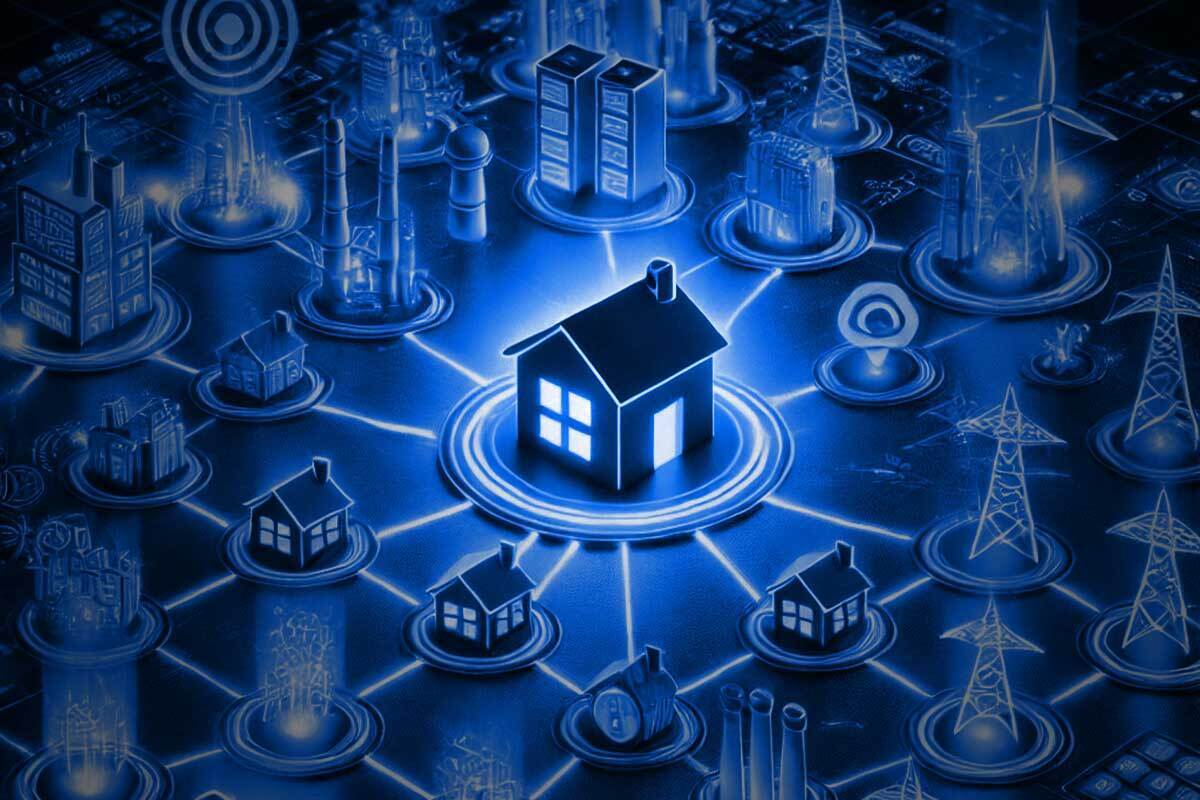Remember when the Internet of Things (IoT) was primarily about devices like smart speakers, thermostats, and connected lightbulbs? Today, IoT extends far beyond our homes — into our factories, hospitals, energy grids, and even the defense sector. Securing these devices is now a matter of national security.
That’s why I invite you to watch our on-demand Bitdefender webinar, IoT: From Consumer Inconvenience to National Security Risk. It’s a deep dive into years of IoT vulnerability research, revealing how simple design oversights in everyday devices can ripple into massive global risks. Here are a few highlights from our discussion.
Areas of IoT Risk
In the webinar, we walk through what we’ve learned from a decade of coordinated disclosure and IoT device research here at Bitdefender. Together with our Cyber Threat Intelligence Team and Bitdefender Labs, we’ve examined how insecure smart devices — from webcams to solar infrastructure — can compromise privacy, safety, and even power grids.
Here are some scenarios that illustrate the significant growth in IoT risk.
- Weaponization of Common IoT Devices
From baby monitors to warehouse cameras, attackers have repurposed poorly secured devices into botnets or surveillance tools. - Solar Grid Cyber Risk
Our research reveals vulnerabilities in industrial IoT platforms, including those managing more than 20% of the world’s solar energy output. The photovoltaic systems we looked at are hybrid, encompassing residential, individual, consumer and industrial systems at solar farm scale. To the attacker, they all look like a cohesive and immense attack surface. - IoT Devices Can Become Geopolitical Weapons
IoT devices have been exploited in active conflicts — a chilling reminder that cyber risk knows no borders.
Despite all of these risks and more, vulnerability disclosure involving IoT device manufacturers is still falling short, and there’s a growing regulatory gap between geographies, even as more IoT devices are deployed in more industries around the world.
Initiatives designed to help, such as the U.S. Cyber Trust Mark, Europe’s ETSI standards, and Singapore’s labeling scheme — are all steps in the right direction, but they are not yet enough. These programs are largely voluntary and lack significant enforcement mechanisms.
What’s at Stake
When we began this research more than a decade ago, there were roughly ten connected devices per household. Today, that number has multiplied several times over — each device a potential entry point for attackers. What’s more concerning is the blurring of lines between consumer IoT and operational technology (OT) — the systems that keep power grids, manufacturing lines, and transportation running.
As we show in the webinar, vulnerabilities in IoT aren’t just about data privacy anymore. They can lead to real-world disruptions with national-level consequences.
The Path Forward
We can’t afford to treat IoT security as optional. Vendors must be reachable, responsive, and accountable. Governments and private standards bodies need to accelerate the development and implementation of certification and compliance frameworks. And as users, we must demand transparency and regular updates from the brands we trust.
If you want to understand where IoT risk is headed — and what it means for organizations, and national security — watch the full on-demand Bitdefender webinar, IoT: From Consumer Inconvenience to National Security Risk.
It’s time we stop thinking of IoT as a convenience feature and start recognizing it for what it’s become: a critical frontier in cybersecurity.








